There’s a feral party atmosphere at Baja Portalegre, the final round of this year’s FIA World Cup for Cross Country Rallies in the east of Portugal.
A rural hillside is scattered with empty Sagres bottles and chicken bones and there’s a sweet, pungent smell from bonfires of eucalyptus logs.
A mobile bar, pumping out Metallica from a battered hi-fi, is doing a roaring trade among the frazzled locals, who are flecked head to toe with splodges of orange mud thrown up by the competing Ford Rangers, Toyota Hiluxs and Nissan Navaras.
Then a different kind of car approaches. The yowl of a combustion engine is absent, replaced by the less perceptible whine of electric motors. Its progress is cheered by the crowd, appreciative of the commitment of the man behind the wheel.
That man is Hiroshi Masuoka and his car is a Mitsubishi Outlander PHEV. Yes, the Japanese company is rallying a plug-in hybrid.

On paper, the concept of a production-based hybrid rally car makes sense: off-road competition cars are as much about low-end traction on variable road surfaces as they are about high speeds. The instant torque of the electric motors should prove useful, as should the ability to quickly juggle power between axles to counteract ever-changing conditions.
That’s a theory Mitsubishi is setting out to prove by lending factory support to the Baja Portalegre effort. It’s the first time it has dabbled in cross-country rallying since it withdrew from the sport in 2009, and this marks a return to a sport that helped to cement its reputation as a maker of durable SUVs.
Key to its previous success, which culminated in two outright Dakar Rally victories, was Masuoka. Now in his 50s and still competing on demanding events such as the Pikes Peak hillclimb, he has returned to drive the PHEV.
The team is managed by technical director Yasuo Tanaka and includes engineers from Mitsubishi’s electric vehicle component research department. The car lives in France, at the headquarters of Vaison Sport, which assists Mitsubishi with on-event logistics.
The vehicle uses the plug-in hybrid technology that has helped to make the Outlander PHEV the biggest-selling alternatively fuelled vehicle in the UK, although it has undergone significant modifications.
The control system governing the front and rear electric motors has been altered to deliver a higher output, and the generator and engine – which supply power to the battery and motors – have been modified to increase power output and boost overall system performance. The battery capacity has been increased from 12kWh to 16kWh.
Charging the battery from the mains adds an extra dimension to service halts between the stages. The charging port itself has been moved from its position on the right rear flank of the car to inside the boot, to protect it from the threat of damage in the heat of action.

Despite the changes, the rally car works to the same principles as the road-going Outlander PHEV, making use of its full electric and series and parallel hybrid modes. Most of the time, the car is powered by the battery and driven by the electric motors, while the 2.0-litre petrol engine is used as a generator to supply energy to the battery.
At higher speeds, however, the engine is deployed to also drive the front axle. Whereas the threshold for the engine to kick in is just over 70mph in the road car, it is set at 100mph in the rally car.
Tein competition dampers, beefed-up suspension and generously sidewalled Falken Wildpeak 235/85 R16 tyres give the one-off Outlander PHEV a more imposing, high-rise stance than the production version.
At present, there is no homologation for plug-in hybrids within the FIA’s cross-country rule book, so in Portugal the Mitsubishi runs at the invitation of the organisers in the National rally supporting the International event.
Baja Portalegre follows some 
tricky gravel paths through forests and farmland. A short prologue 
stage is followed by three tests of 50, 93 and 124 miles.
Masuoka, navigated by Pascal Maimon, sets top-three stage times on the short opening prologue and second stage to lie third overall in the National classification after day one. Then, early next morning, the car grinds to a halt.
“It is linked to a blown fuse in the 12-volt power system,” team manager Tanaka explains as car and crestfallen crew are towed back to service.
Retirement looks likely, but after an impromptu team meeting and a quick chat with the rally organisers, the team leap into action. A road-going Outlander PHEV owned by the domestic importer is driven under the team awning and the engineers rummage in the boot to remove the fuse and its holder from that car and then fix it into the rally car.
“Don’t worry, I’ve got a lift back to Lisbon,” says the boss of Mitsubishi Portugal, grinning, as his no-longer-functioning road car is winched onto a flatbed truck.It takes about 20 minutes to fit the part and breathe new life into the rally PHEV. The resulting time penalties mean that Masuoka plummets to the back of the overall standings, but he does get to tackle the 120-mile final stage.
The Outlander is back on the pace, too. In atrocious conditions, the crew set the second-best time and put more development miles on the car.
Masuoka has a shopping list of things he’d like to develop, among them a different damper set-up and improved water cooling for the rear motor, which was operating close to the top of its range in Portugal. Then there’s some weight reduction (“We could add a carbonfibre roof,” he says) and changes to the transmission to improve the way the power is delivered.
Masuoka hopes to enter four events next season, starting with a snow event in Russia in February. “The snow rally will be a very good test, especially because we will be running on spiked tyres and in temperatures of minus 23deg C,” he says. After that will come Italy and Spain before a return to Portugal at the end of the year.
Masuoka’s big dream is an assault on the daddy of them all, the Dakar Rally, to prove the capabilities of 
this plug-in hybrid in the most gruelling conditions.

Riding in the Outlander PHEV rally car with Masuoka
The day after Baja Portalegre, Mitsubishi’s return to cross-country rallying is still drawing a crowd. We’ve decamped to a town called Pego to have a passenger ride alongside Hiroshi Masuoka, and even the local mayor has turned up for a go.
I’m next in the car after the mayor. Compared with a World Rally Car, the Outlander’s increased ride height makes it easy to step through the roll cage struts and into the Recaro passenger seat of the right-hand-drive 4x4.
The cabin is a mess of additional wiring, telemetry screens and trip meters, although a few pieces of recognisable Outlander switchgear remain, notably the instruments, air conditioning switches and stubby gear selector. There’s no satellite navigation, though. It has been replaced by a screen that shows status reports on the engine, motors, batteries and generator.
The hydraulic handbrake lever, sited within comfortable grabbing distance for the driver, definitely isn’t a standard feature, and neither is the Momo competition steering wheel. On the centre console there’s a big, yellow, self-explanatory button marked ‘EV’.
Masuoka climbs in, puts on his spectacles and starts the car, pulling away from Mitsubishi’s service area in EV mode.
What’s most striking are the other noises you can hear without a highly stressed combustion engine roaring away. There’s the whine of the electric motors, squeaks and rattles, the sound of the suspension working, the patter of loose gravel on the underside and the occasional thump of larger rocks.
It’s also impressive the way that the Outlander PHEV gathers extra pace north of around 50mph, after which there’s noticeable extra shove.
Masuoka hooks a wheel into a ditch on the inside of a fast right-hander and uses it to pull the car around the turn. “No clutch, no gearchange — just steering, acceleration and brake,” he says, grinning, and then lifts a hand from the steering wheel to briefly tug at the handbrake lever as we slither around a tight right-hander.
The Outlander PHEV lacks the extreme sensory assault of a World Rally Car, but it feels as quick as a production-spec Group N rally machine. It’s more cosseting than any other rally car I’ve experienced, the suspension soaking up the ruts and bumps. No wonder the mayor looked impressed.
Read our less demanding test on the Mitsubishi Outlander PHEV

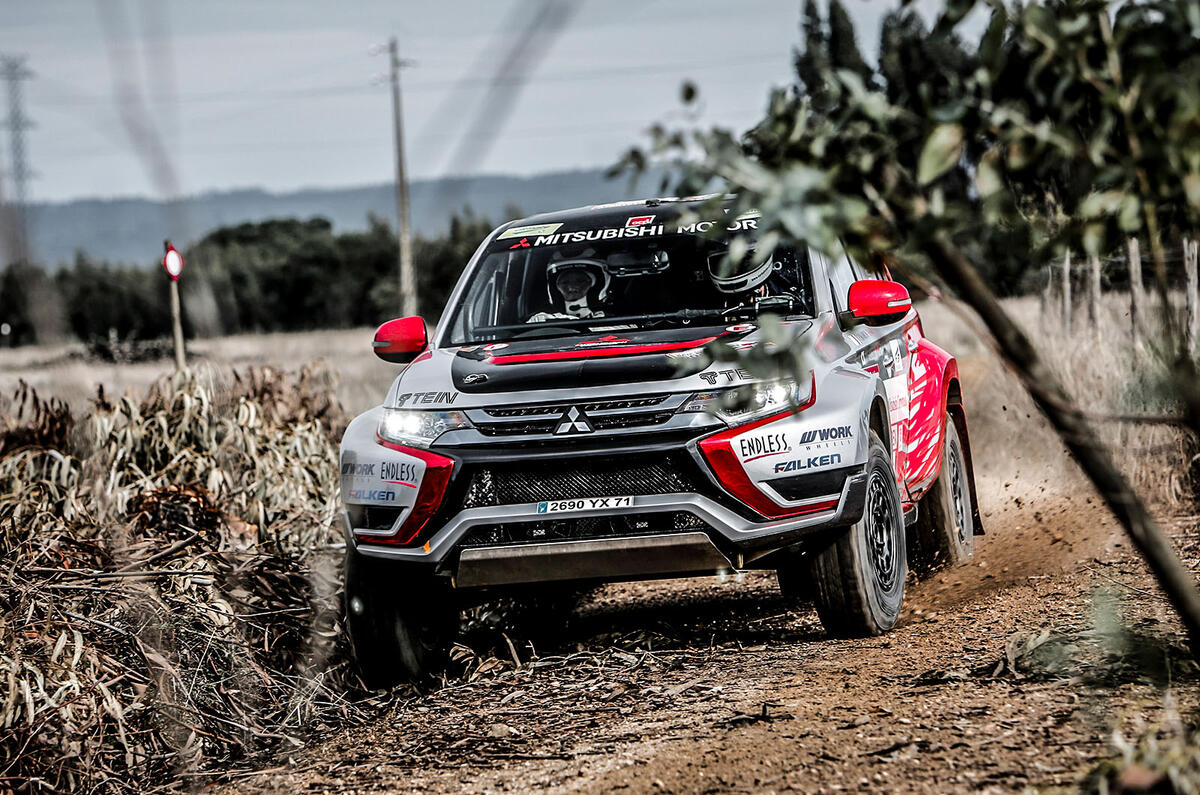


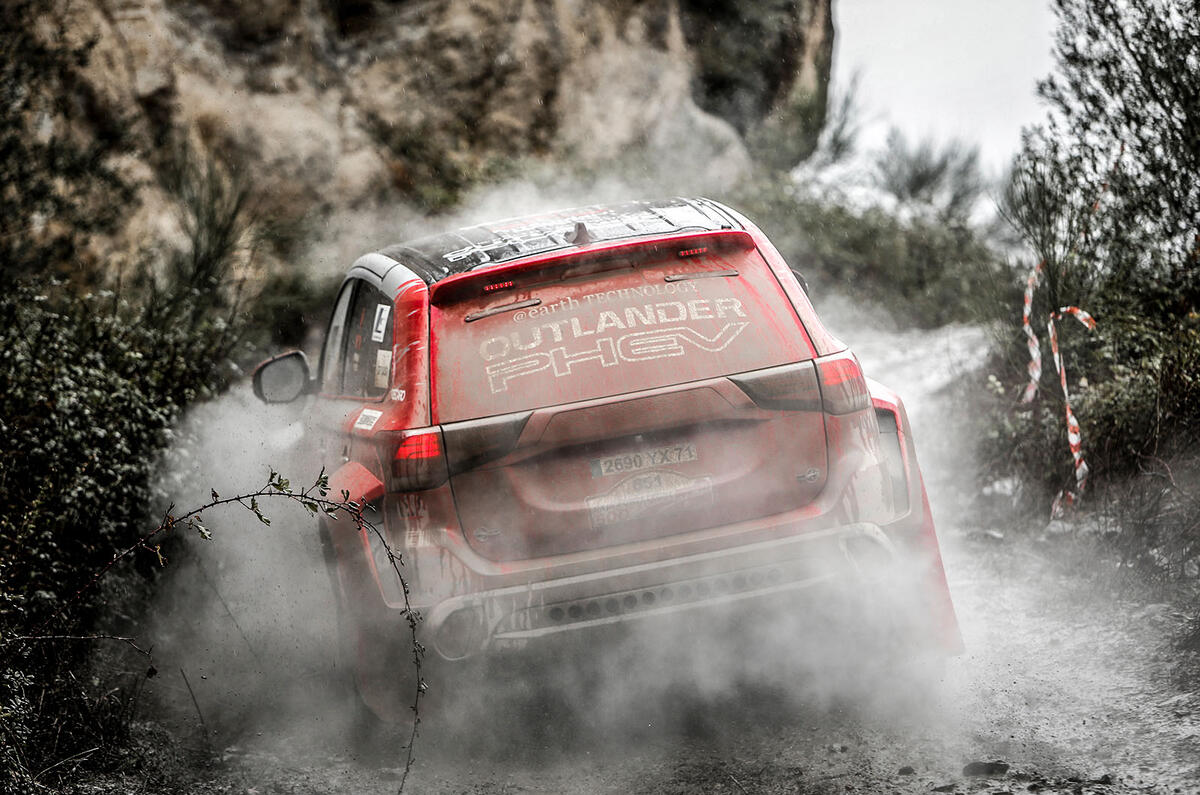



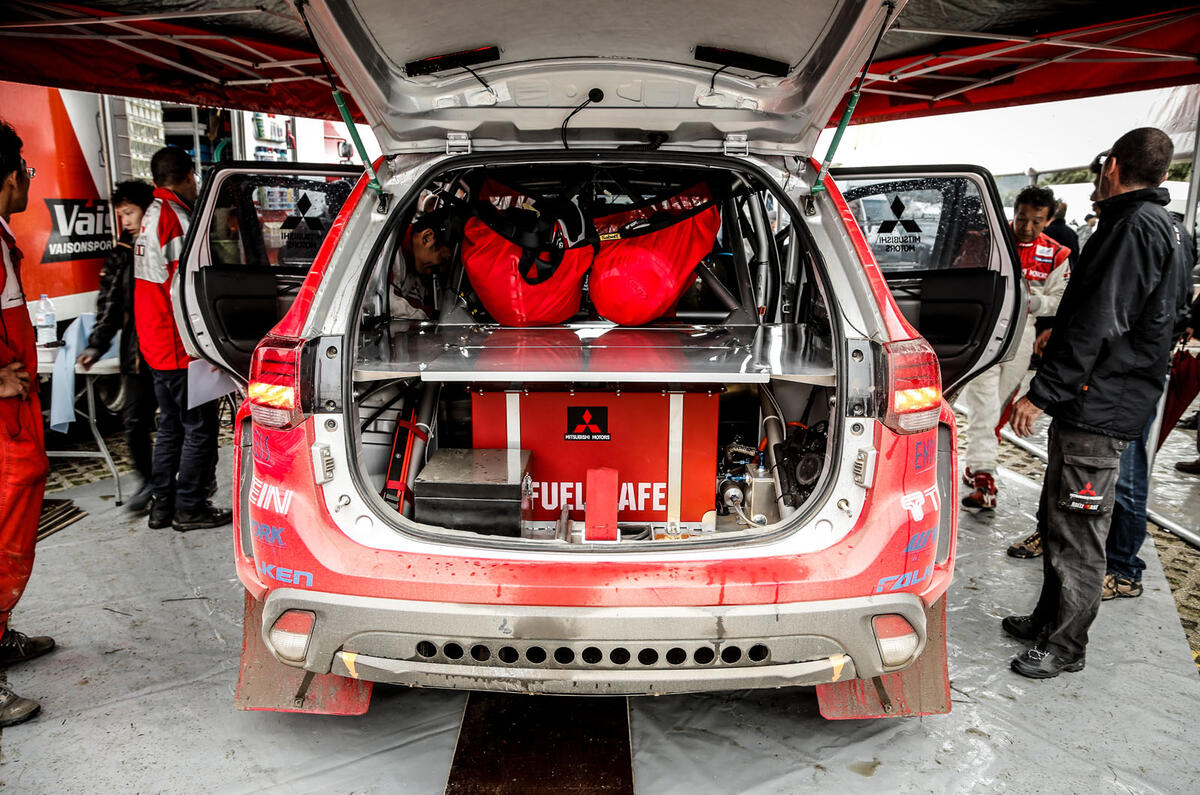






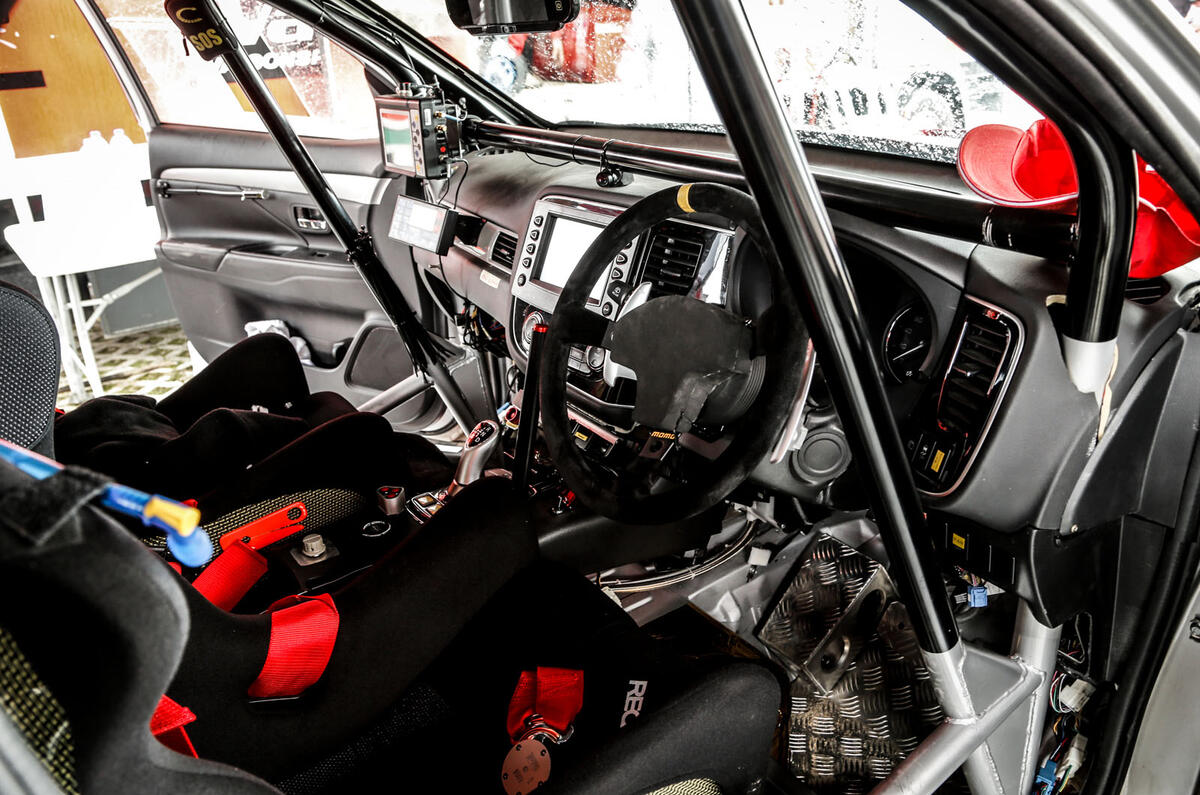




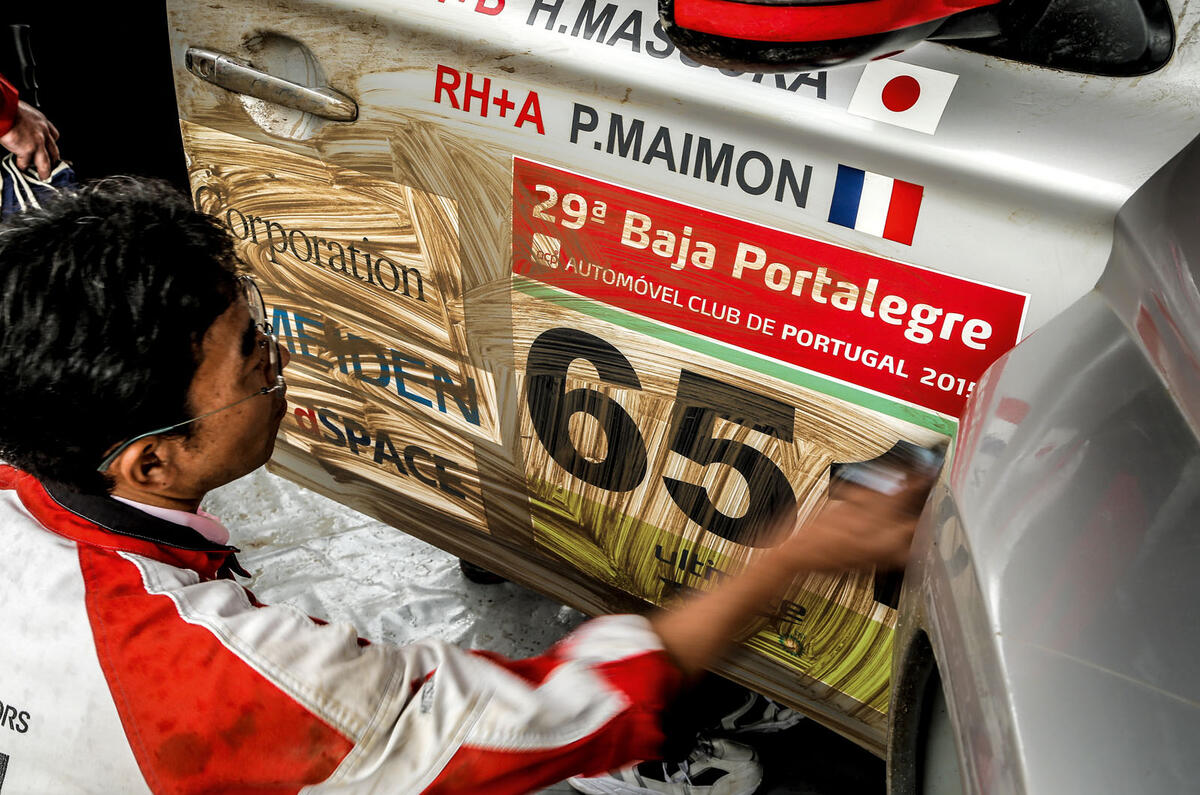
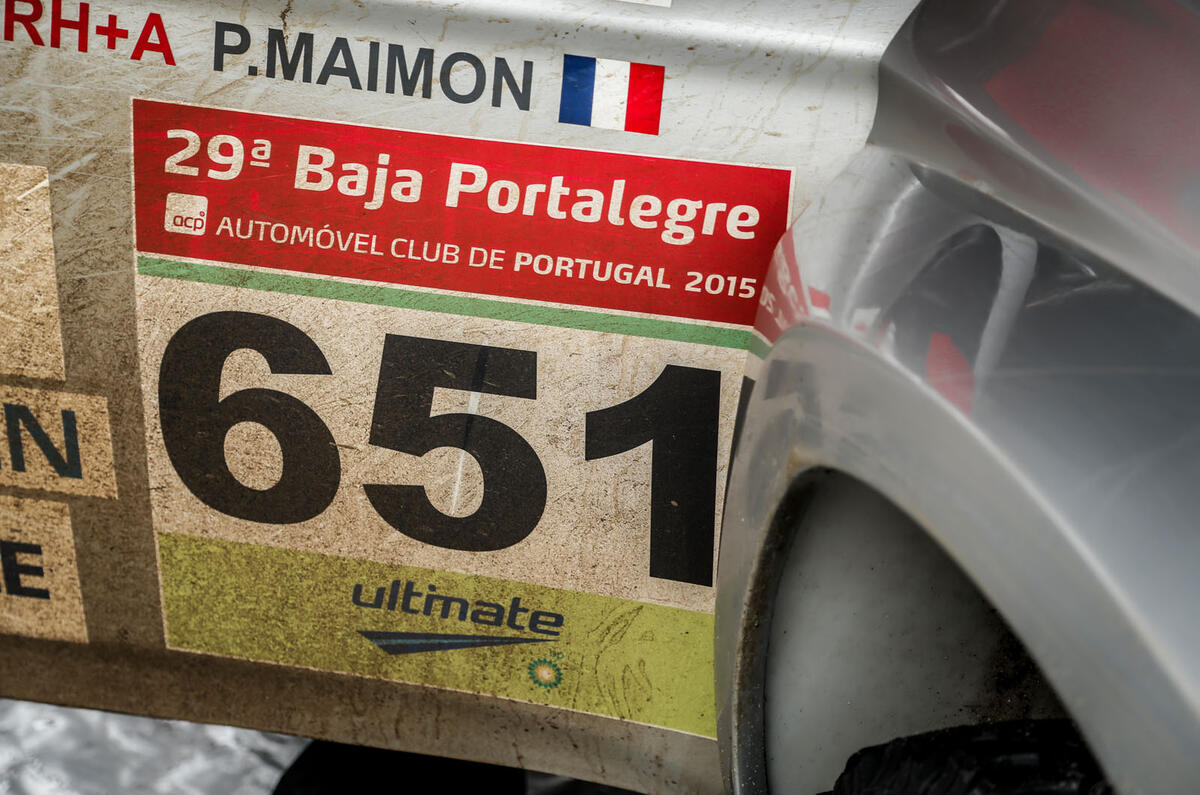




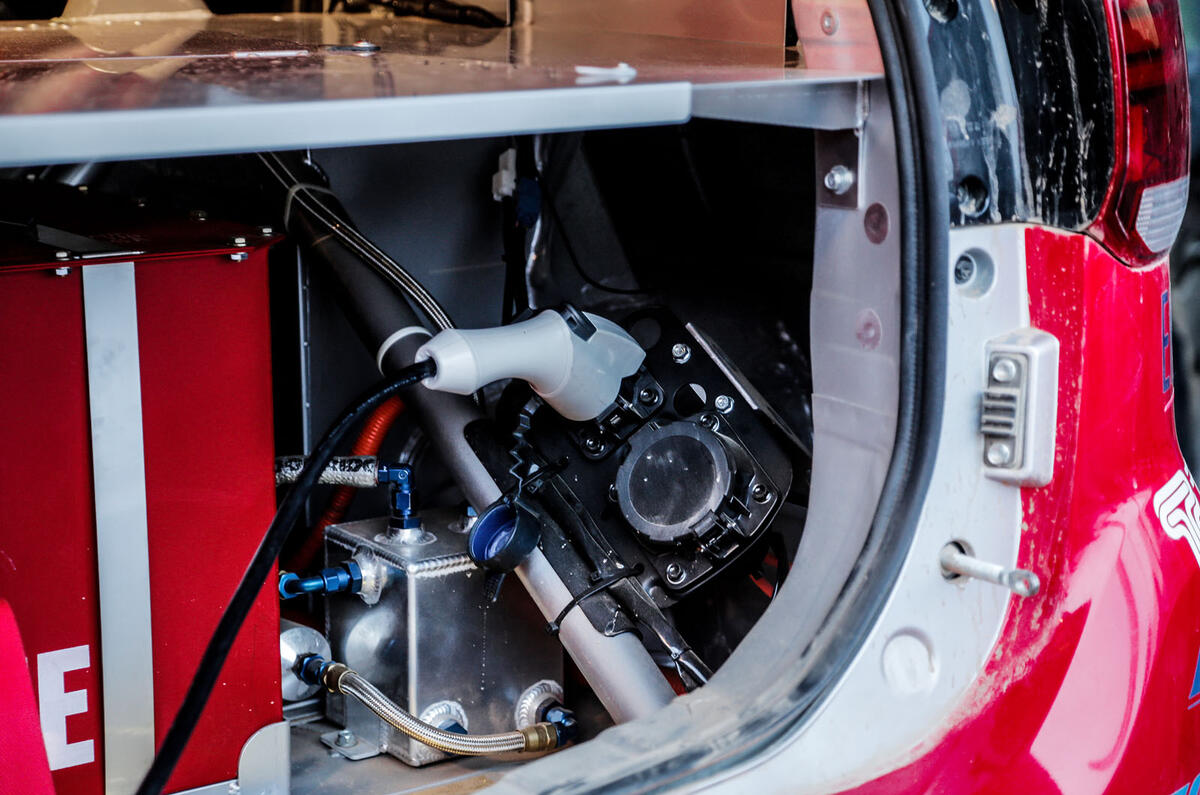





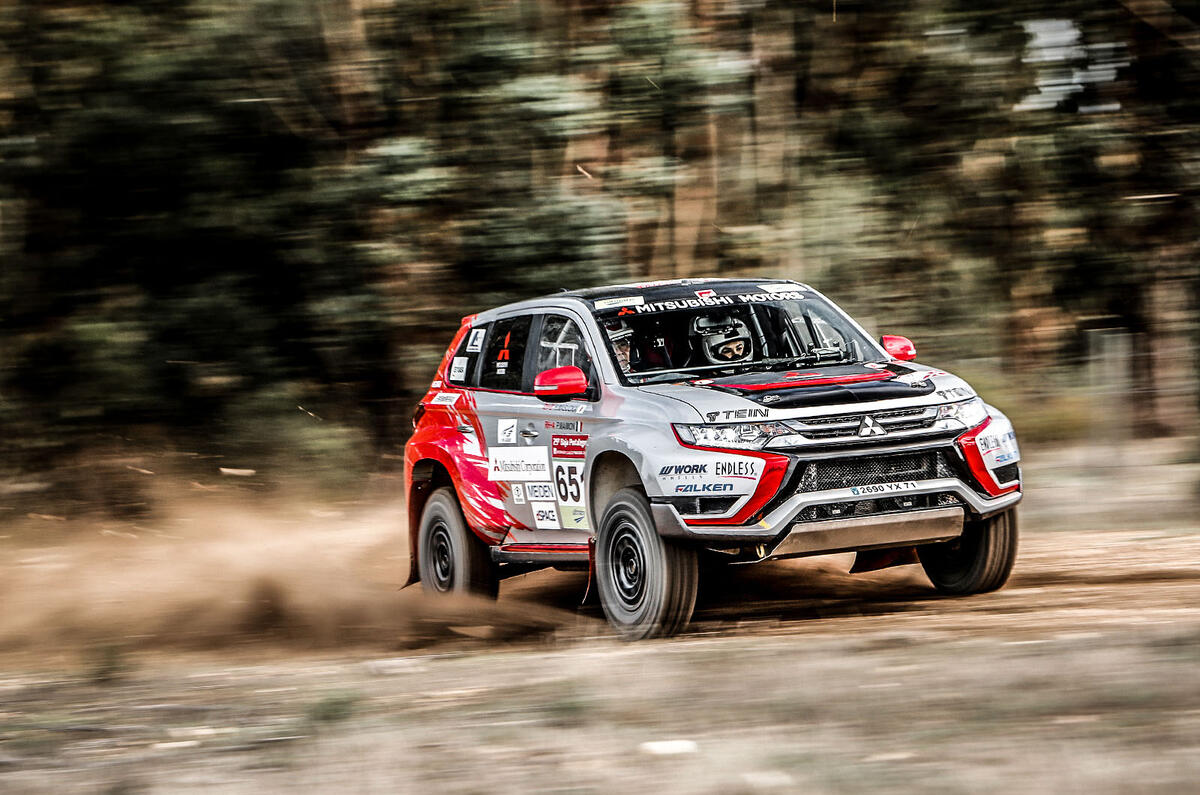
















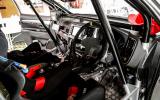

















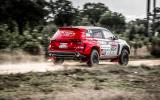



Join the debate
Add your comment
So where do PHEV drivers get the wide arch kit?
Not really the first since 2009